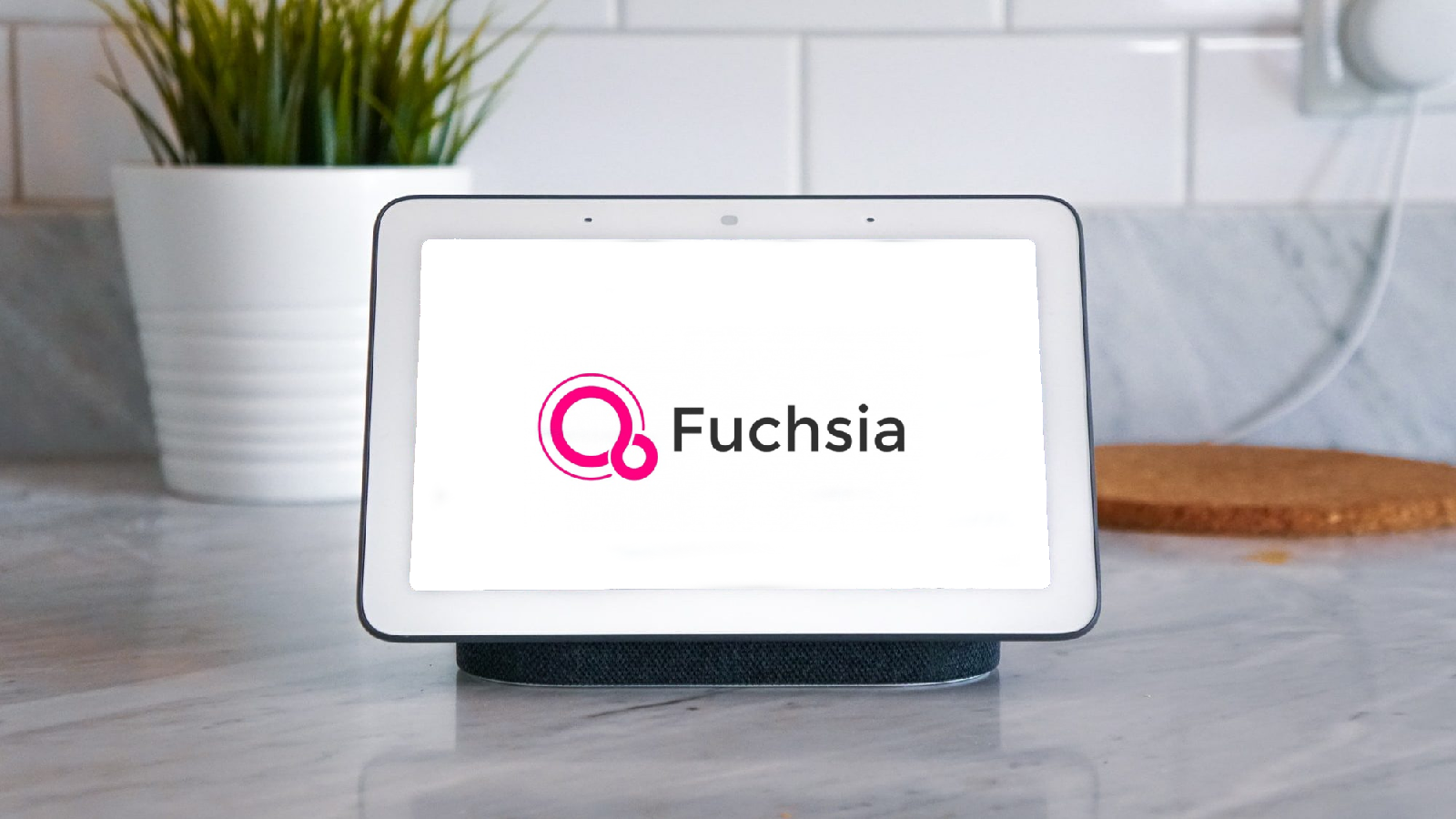Google sneaks its new OS into the wild.
- With zero fanfare Google has launched its new Fuchsia OS onto consumers, the vast majority of whom are very likely to not even notice that this has occurred.
- Hence, this looks like a soft launch of the new OS where Google will look and see how well it performs in the wild before making any decisions about its long-term future.
- This is in contrast to Huawei which has just launched its 2nd version of its in-house OS called Harmony OS which it has launched on a watch, tablet, monitor, and a television with the plan to roll it onto 100 smartphone models over the next year or so (see here).
- Huawei also launched its new smartphone the P50 but could not set a launch date in a clear sign that it has run out of the 5G components that it needs given that it can no longer procure from TSMC.
- Google Fuchsia and Harmony OS are pretty much the same thing in that both have abandoned the traditional operating system structure and gone for what known as a microkernel OS.
- Regular operating systems such as iOS, Android, Windows, and so on have monolithic kernels in that the kernel is one large piece of code that contains all of the services that the operating system is going to need.
- A microkernel OS adds flexibility to this design in that most of the OS services can be removed allowing the kernel to be much smaller and therefore optimal for running very simple IoT devices.
- The idea here is that one OS can be used for every single device across a device portfolio from an advanced smartphone or tablet down to a light switch.
- In theory, this means that all devices will have perfect interoperability which has been a dream of Apple’s competitors for years.
- However, I am skeptical with regards to the reality of this idea because by removing OS services from the kernel, one is in effect fragmenting the OS.
- This means that a developer writing an app for a TV will have to take into account what OS services are present on the TV and if he wants the app to run elsewhere also be aware of what services are present on those devices.
- Hence, I cant see how the write once run anywhere dream that these platform providers tout can be fulfilled any more than it can today with multiple OSs on different devices.
- Hence, I do not see Apple moving in this direction and expect it to stick with its different OSs for its different products for the foreseeable future outside of the potential merger of iOS and macOS.
- Outside of the flexibility that I think will turn out not to be very practical, microkernel OSs do not really offer any tangible advantages for smartphones over what is already there today and so I don’t expect them to be used there for some time to come.
- However, in the myriad of IoT devices, many of which use proprietary OSs or Android which may not be suitable for their size or functionality, a microkernel OS may offer an improvement.
- Hence, it is there that I expect them to be used in the largest volume explaining why Google has launched Fuchsia in its Next Hub first and why Huawei has gone for non-smartphone products first.
- Harmony OS will not save Huawei and is also unlikely to allow Google to make a dent in Amazon’s very strong position in the smart home.
- This is a silent migration and is likely to remain so for some time.









